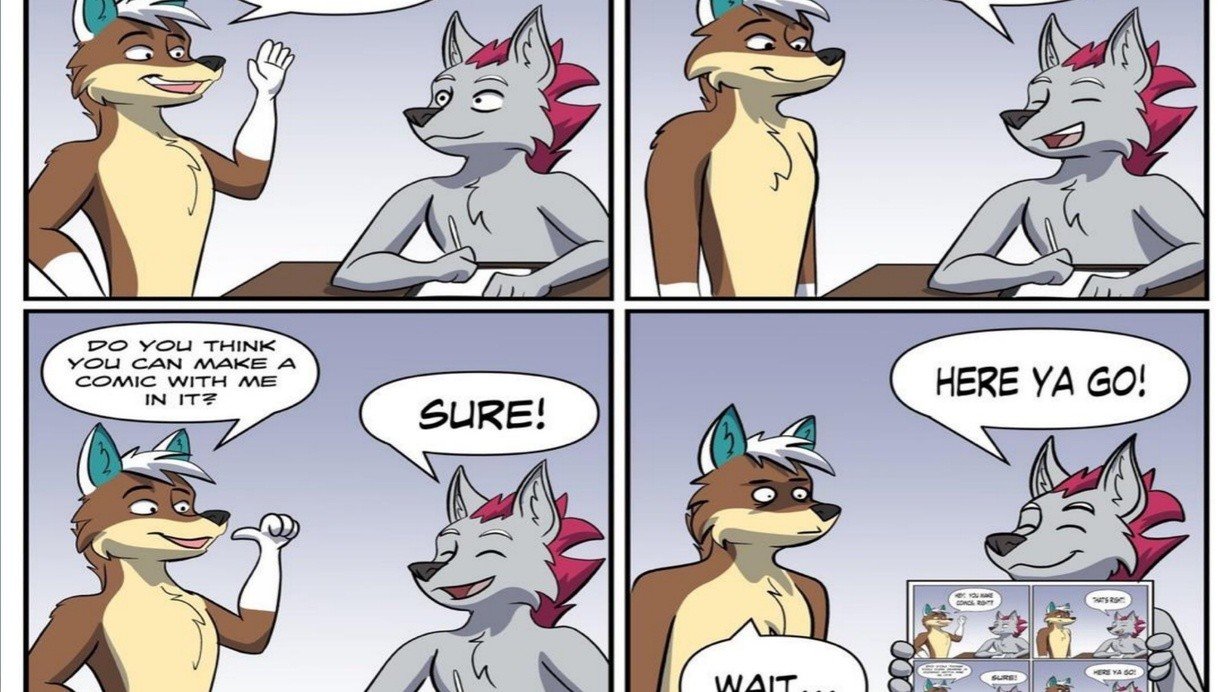Furry comics have gained a significant following over the past few years. Their stories blend human and animal characteristics to create rich, engaging narratives. Whether you’re a complete newbie or looking to delve deeper into this fascinating world, this guide is for you.
What Are Furry Comics?
Furry comic feature anthropomorphic animal characters with human traits, such as speaking, walking on two legs, or displaying complex emotions. These characters often inhabit worlds similar to ours but with a twist that makes them both fantastical and relatable.
Why Furry Comics Are Popular
Unique Storytelling
Furry comics offer a unique blend of fantasy and reality, allowing creative storytelling that transcends typical human experiences. By utilizing anthropomorphism, these comics can address complex themes like identity, community, and morality in a way that’s accessible and engaging.
Rich Characters
The anthropomorphic nature of furry characters allows for rich, multi-dimensional portrayals. These characters often have deeply developed backstories and personalities, making them easy to connect emotionally.
Inclusive Community
The furry fandom is known for its inclusivity and welcoming nature. Fans often gather at conventions, online forums, and social media to share their passion for these comics, creating a sense of belonging and community.
Critical Elements of Furry Comics
Anthropomorphic Characters
At the heart of any furry comic are its characters. These beings can be any animal, such as wolves, foxes, dragons, or mythical creatures that adopt human behaviors and characteristics.
Intricate Worlds
Furry comics often feature complex worlds that merge elements of fantasy, sci-fi, and everyday life. These settings can range from medieval kingdoms to futuristic cities, offering endless possibilities for storytelling.
Moral and Ethical Themes
Many furry comics explore deep moral and ethical questions, using their anthropomorphic characters to examine issues like justice, freedom, and equality. This allows for stories that are not only entertaining but also thought-provoking.
Popular Furry Comics to Star” With
“Blacksad” by Juan Díaz Canales and Juanjo Guarnido
Set in a noir-inspired world, “Backsad” follows the investigations of John Blacksad, a black cat detective. This series is renowned for its stunning artwork and gripping, mature storylines.
“Lac” daisy” by Tracy J. “butler
“Lac” Daisy” is set in St. Louis during Prohibition and centers around a speakeasy run by anthropomorphic cats. The comic is noted for its detailed historical setting and rich character development.
“Scurry” by Mac Smith
This webcomic tells the story of a colony of mice trying to survive in a post-apocalyptic world. “Scurry” is praised for its beautiful art and compelling narrative.
Tips for Creating Your Furry Comic
Start with Strong Characters
Develop multi-dimensional characters with unique personalities, backstories, and motivations. The more well-rounded your characters are, the more engaging your story will be.
Build an Intricate World
Take time to flesh out your comic’s setting. A well-developed setting, whether it’s a fantastical realm or a version of our world with a twist, can add depth to your narrative.
Address Complex ThemeDon’t
Do not shy away from complex moral and ethical questions. Use your anthropomorphic characters to explore these themes in ways that resonate with your audience.
Engage with the Community
Share your work on platforms frequented by the furry community. Engaging with fans can provide valuable feedback and help you build a dedicated readership.
Conclusion
Furry comics offer a unique blend of engaging storytelling, rich characters, and inclusive community spirit. Whether you’re a reader looking to explore new worlds or a creator aiming to craft your tales, furry comics have something unique to offer. Dive in and discover the magic for yourself.
By exploring these elements and popular titles and perhaps even creating your own stories, you can fully appreciate the depth and richness that furry comics bring to graphic storytelling.







